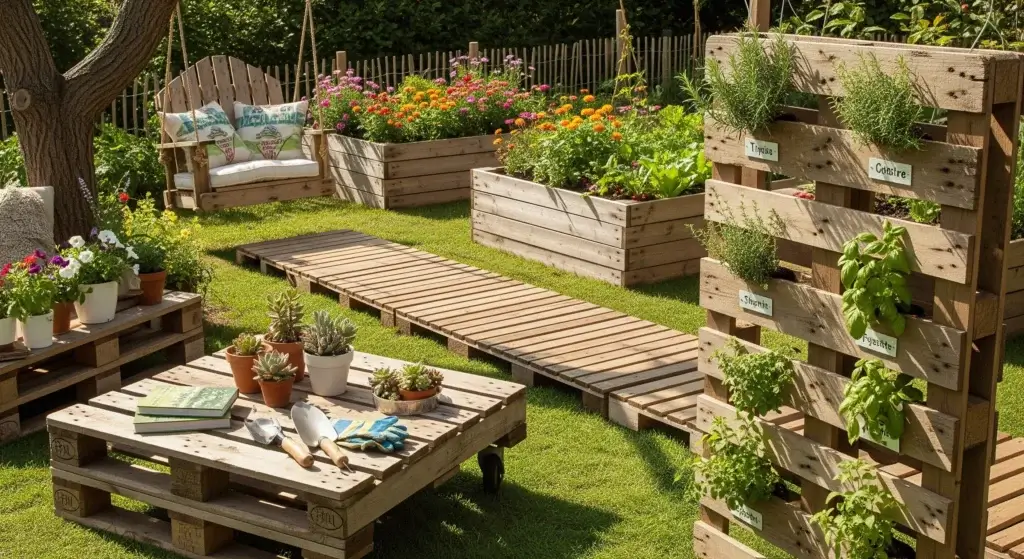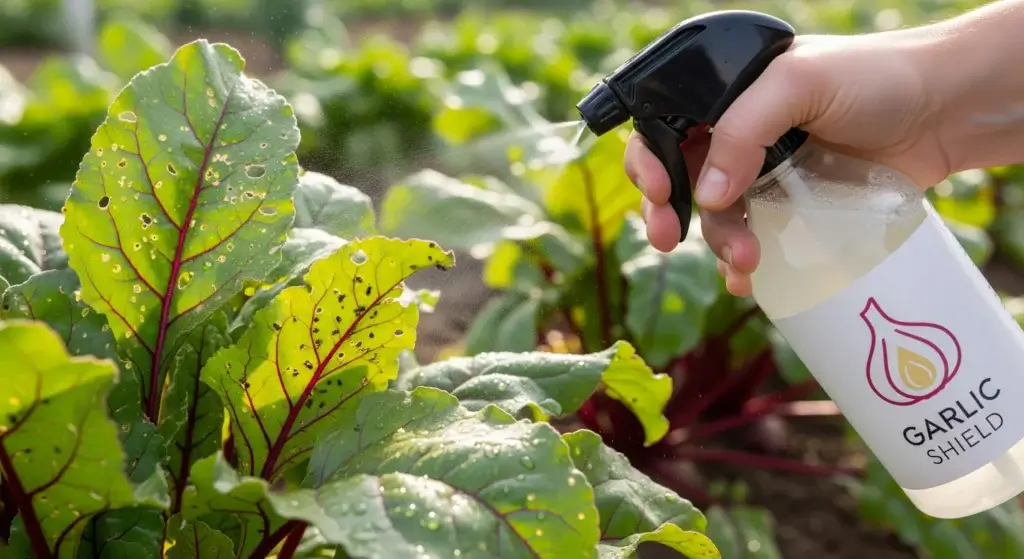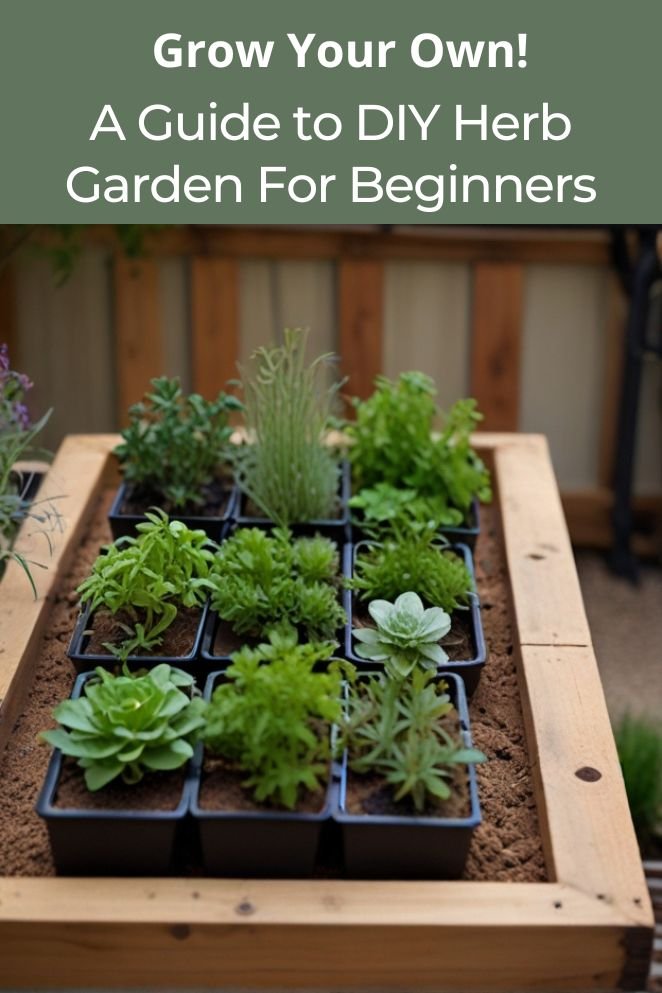
Welcome to the world of herb gardening, where the aroma of fresh herbs fills the air and the taste of homegrown flavors elevates your cooking to new heights.
As a beginner, it’s natural to feel overwhelmed by the vast array of herbs and gardening techniques available.
Fear not, for this comprehensive guide will walk you through the process of planning, planting, and maintaining a thriving DIY herb garden.
Benefits of Having a DIY Herb Garden
The benefits of having a DIY herb garden are numerous and varied. Here are some of the most significant advantages of growing your own herbs:
- Freshness and flavor: Growing your own herbs ensures that you have access to the freshest, most flavorful herbs for your cooking.
- Cost-effectiveness: Growing your own herbs can save you money in the long run, as you can harvest them as needed and avoid waste.
- Sustainability: Store-bought herbs often come wrapped in single-use packaging, which contributes to plastic waste and food waste.
- Low maintenance: Herbs are relatively easy to maintain, requiring only occasional watering and pruning.
- Freshness and aroma: Fresh herbs have a more vibrant aroma and flavor than dried or store-bought herbs.
- Aesthetic value: A well-maintained herb garden can be a beautiful addition to your home, providing a pop of color and a natural, fresh scent.
- Fun and educational: Growing your own herbs can be a fun and educational experience, especially for children.
- Year-round availability: With an indoor herb garden, you can have access to fresh herbs year-round, regardless of the season or weather outside.
- Pest and disease control: Growing your own herbs allows you to control the environment and prevent pests and diseases from affecting your plants.
- Customization: With a DIY herb garden, you can choose the specific herbs you want to grow and customize your garden to your tastes and needs.
- Air purification: Many herbs, such as rosemary and basil, are known for their air-purifying properties.
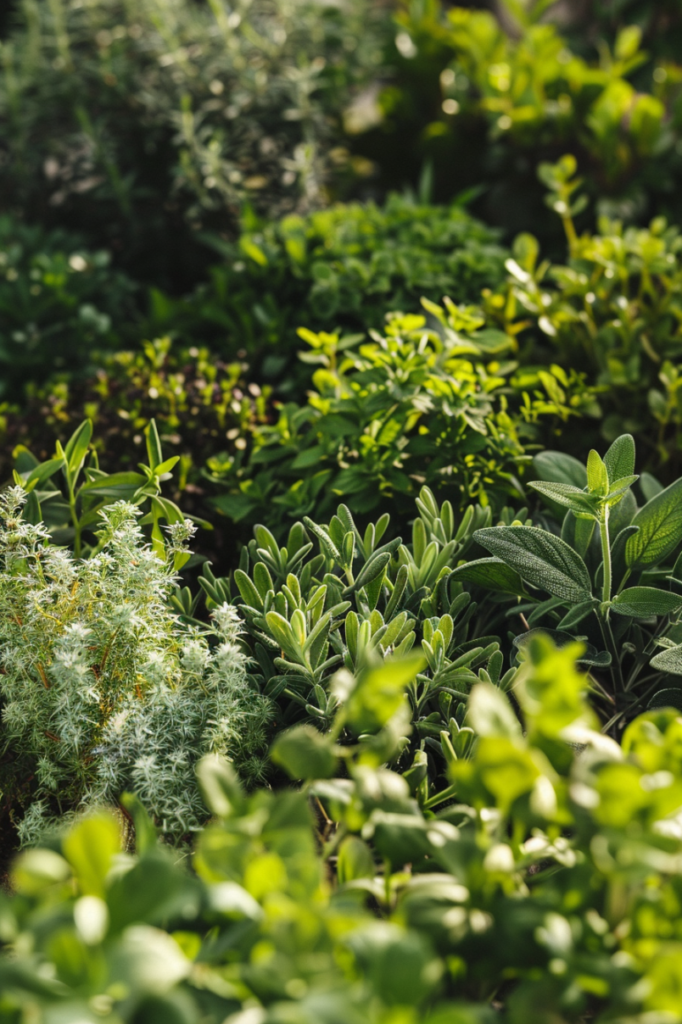
Planning Your Herb Haven
Planning your herb garden is the first step to creating a thriving haven of aromatic plants.
Here are some key considerations to keep in mind before you start planting:
- Read also: Mint Plant Watering for Explosive Growth
- Read also: DIY Garden Decor Ideas for a Stunning Outdoor Oasis
Location
The location of your herb garden is crucial for the success of your plants.
Different herbs have varying sunlight requirements, so it’s essential to choose a spot that meets the needs of your selected herbs.
For instance, basil and mint thrive in full sun, while parsley and chives prefer partial shade.
Choosing your container
Herbs can be grown in various containers, each offering unique advantages.
Pots are versatile and suitable for small spaces, allowing you to move them to different locations as needed.
Window boxes provide a charming, rustic appeal and create a vertical growing space, perfect for herbs with trailing growth habits.
Raised beds offer a larger growing area and can be customized to accommodate a diverse selection of herbs.
Selecting herbs for beginners
For beginners, starting with easy-to-grow herbs is a wise choice.
Herbs like basil, mint, parsley, chives, and rosemary are ideal for novice gardeners because they are relatively low-maintenance and versatile in culinary uses.
These herbs also offer the satisfaction of harvesting fresh ingredients to enhance your dishes, making them a rewarding choice for beginners.
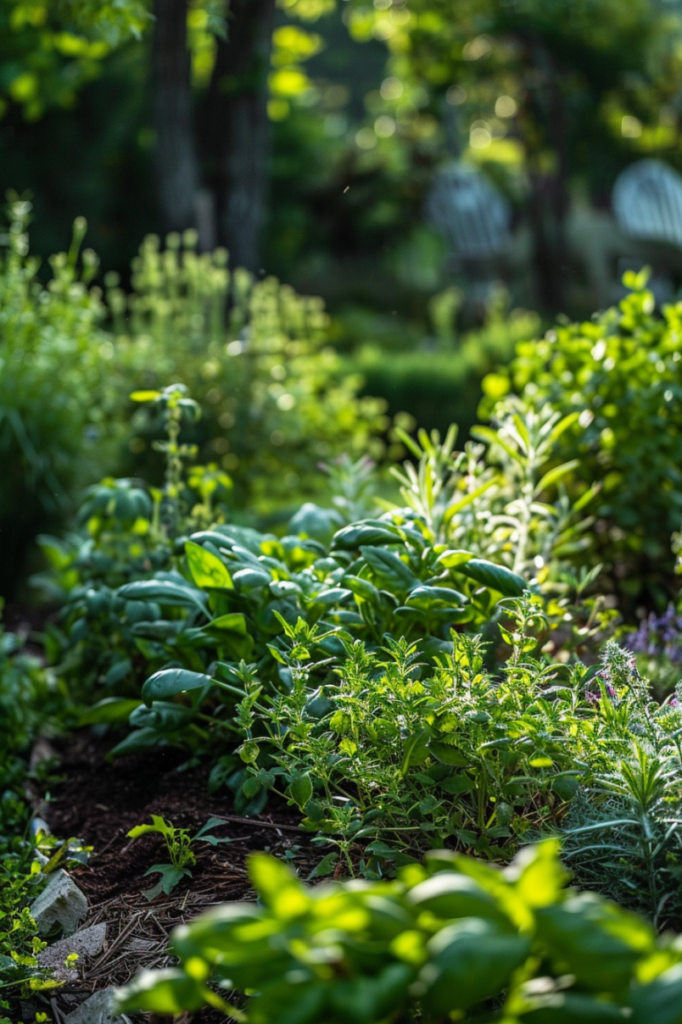
Planting Essentials
Planting your herb garden requires careful consideration of soil selection and the method of planting—whether from seeds or seedlings.
Here are essential details to help you make informed choices:
Soil selection
Choosing the right potting mix is crucial for the success of your herb garden.
Opt for a potting mix specifically formulated for herbs, as it will provide the ideal balance of nutrients and drainage for healthy root development.
Avoid using garden soil, as it may be too dense and lacking in essential nutrients.
A high-quality potting mix will promote robust growth and help prevent issues such as root rot and soil compaction.
Planting from seeds or seedlings
Deciding whether to plant from seeds or seedlings depends on your preferences and gardening experience.
Here’s a breakdown of the pros and cons of each method:
Seeds
Planting from seeds offers a wide variety of herb varieties to choose from, allowing you to experiment with different flavors and aromas.
However, seeds may require more care and attention, as they need to be sown at the correct depth and kept consistently moist until germination occurs.
Additionally, seeds may take longer to establish compared to seedlings.
Seedlings
Seedlings provide a head start in the growing process, as they have already sprouted and developed a root system.
This can shorten the time to harvest and ensure a more predictable outcome.
However, seedlings may be more expensive to purchase than seeds, and the selection of varieties may be limited.
It’s essential to choose healthy, vigorous seedlings from reputable sources to ensure success.
Planting tips
When planting your herbs, keep the following tips in mind to promote healthy growth and productivity:
Spacing
Proper spacing is essential to prevent overcrowding, which can lead to competition for nutrients, moisture, and sunlight.
Refer to the spacing recommendations provided for each herb variety and allow ample room for growth.
Planting depth
Plant seeds or seedlings at the correct depth according to the instructions provided.
Planting too shallow or too deep can affect germination and root development. Follow the guidelines to ensure optimal conditions for your herbs to thrive.
Watering
Water thoroughly after planting to settle the soil and provide moisture to the roots.
Watering requirements vary by herb, so it’s essential to research the specific needs of each plant.
Some herbs prefer consistently moist soil, while others prefer to dry out slightly between waterings.
Monitor the moisture levels regularly and adjust your watering schedule accordingly.
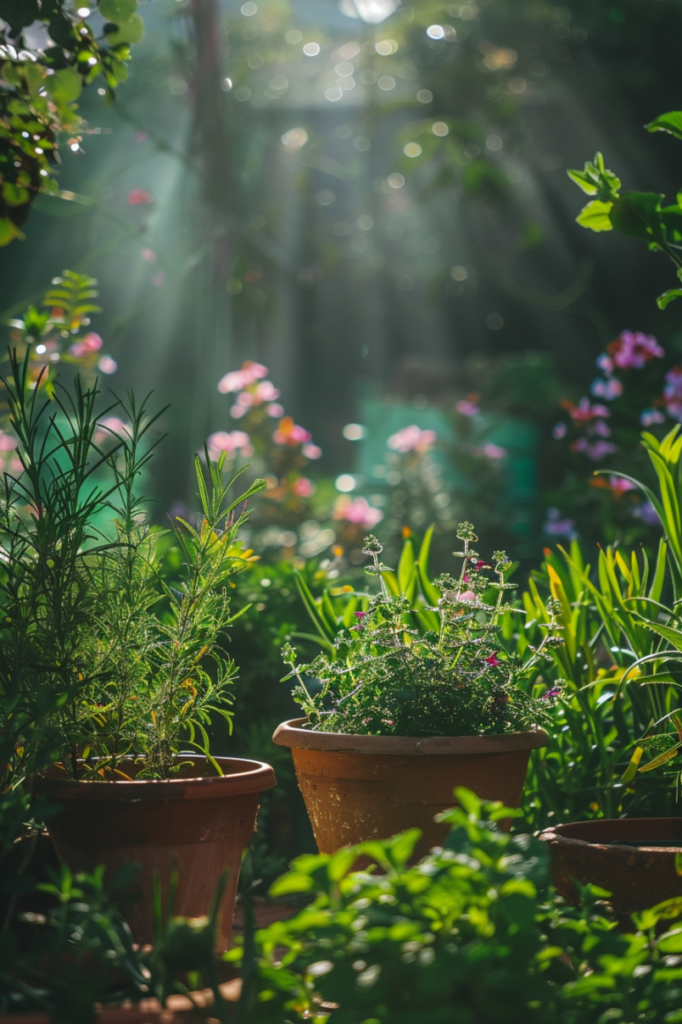
Herb Garden Care
Caring for your herb garden properly is essential to ensure that your plants thrive and provide you with a bountiful harvest of fresh herbs.
Here are some key care tips to help you maintain a healthy and productive herb garden:
Watering needs
Proper watering is crucial for the health of your herbs.
Check the moisture level of the soil regularly by feeling the top inch with your finger.
Water your herbs when the soil feels dry to the touch, but avoid overwatering, as this can lead to root rot and other moisture-related issues.
It’s better to underwater than to overwater, as most herbs prefer slightly drier conditions.
Sunlight management
Sunlight is essential for the growth and development of herbs, as it fuels the process of photosynthesis.
Ensure that your herb garden receives adequate sunlight by placing pots in a location where they’ll receive at least 6-8 hours of direct sunlight per day.
Rotate pots regularly to promote even sunlight exposure, especially for herbs that require full sun.
Harvesting Herbs
Harvesting herbs at the right time is crucial for preserving their flavor and encouraging continued growth.
Harvest herbs when they’re young and tender for the best flavor and aroma.
Pinch or cut off individual leaves or stems as needed, using clean scissors or pruning shears.
Avoid harvesting more than one-third of the plant at a time, as this can stress the plant and inhibit growth.
Additional Tips
Enhance your herb gardening experience with these additional tips that will elevate your garden to new heights of productivity and enjoyment:
Companion planting
Maximize the benefits of your herb garden by practicing companion planting.
This involves strategically planting herbs alongside vegetables or other plants that complement each other’s growth and repel pests.
For example, planting basil alongside tomatoes can help repel pests such as aphids and hornworms that commonly target tomato plants.
Addressing common herb garden problems
Stay vigilant and proactive in addressing common herb garden problems such as pests and diseases.
Adopt organic methods of pest and disease control to minimize harm to beneficial insects and the environment.
Neem oil and insecticidal soap are effective organic solutions for controlling pests such as aphids, spider mites, and whiteflies.
Additionally, promptly remove and dispose of infected plants to prevent the spread of disease to neighboring plants.
Herb garden inspiration
Get creative and explore the many ways you can use fresh herbs beyond culinary applications.
Incorporate herbs into DIY projects such as making potpourri or herbal sachets to infuse your home with natural fragrance.
Experiment with herbal infusions by steeping fresh herbs in oils or vinegar to create flavorful additions to your recipes.
Explore the world of herbalism and discover the therapeutic benefits of herbs for aromatherapy, skincare, and holistic wellness.
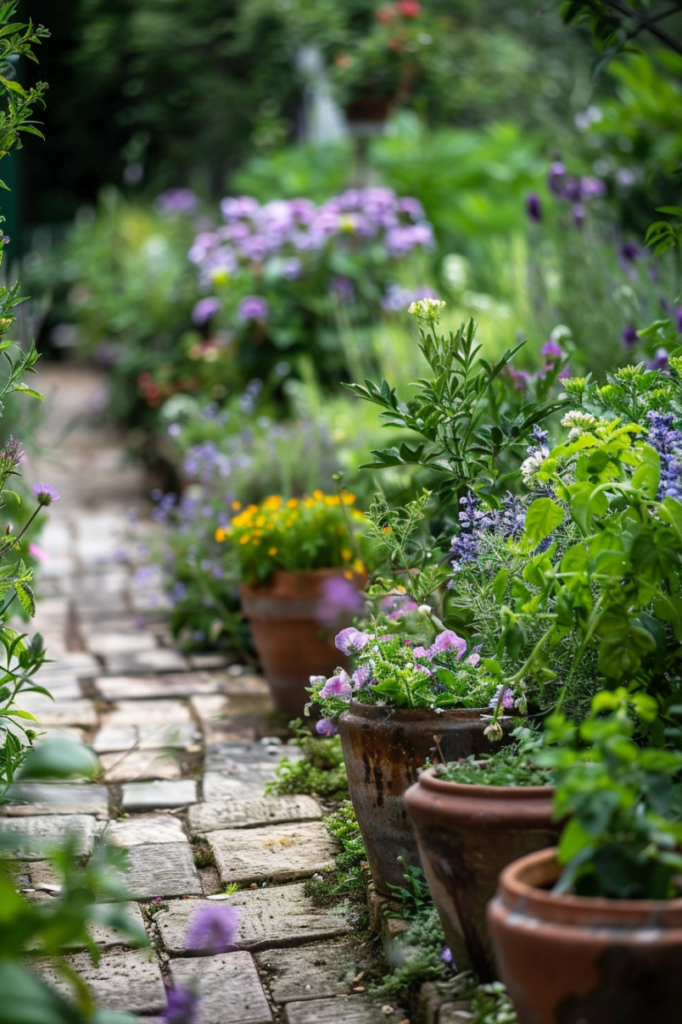
- Read also: DIY Ideas: Perfect Outdoor Potted Plant Watering System
- Read also: Tiny Greens: Step by Step Guide to DIY Microgreens Indoors
Conclusion
With these tips and guidelines, you’re ready to start your own DIY herb garden.
Remember to plan carefully, choose the right herbs and containers, and provide proper care for your plants. Happy gardening!
FAQs
Basil, mint, parsley, chives, and rosemary are all easy to grow and versatile in their uses.
Look for a potting mix specifically designed for herbs, which will provide the necessary nutrients and drainage for healthy root growth.
Yes, many herbs can thrive in partial shade. However, be sure to research the specific sunlight requirements for each herb you’re growing.
Water herbs when the top inch of soil feels dry to the touch. Avoid overwatering, which can lead to root rot and other issues.


